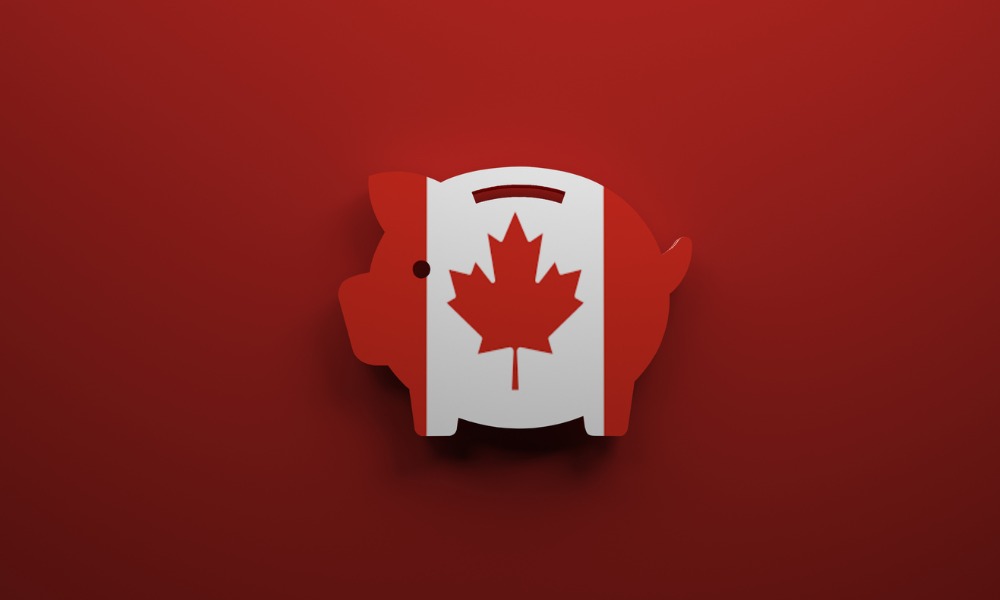The unexpected rise in core inflation measures last month raised questions on when the central bank will ease its policy

Taking into account the unexpected rise in core inflation measures last month, economists and market observers are offering diverging projections on when the Bank of Canada can be expected to ease on its benchmark interest rate.
Canada’s annual inflation rate rose by 3.4% in December, up from the 3.1% reading in November. Statistics Canada cited elevated gasoline prices and mortgage interest costs as the major drivers of last month’s spike.
Randall Bartlett, senior director of Canadian economics at Desjardins Group, said that the latest results did not come with “a lot of good news.”
“When you unpack what’s underneath the hood of this re-acceleration in headline inflation, you can see that underlying inflation, by a bunch of different measures, moved considerably higher,” Bartlett told BNN Bloomberg.
However, Bartlett maintained that inflation will begin to trend downward again very soon, with the central bank to cut rates by the second quarter of the year.
“[The latest inflation reading] hasn’t changed our call for a rate cut coming in April of this year,” he said. “We expect inflationary pressures to continue to trend lower and we think that the Canadian economy is likely to tip into a short and shallow recession in the first half of 2024, so those pieces combined, we think, are going to be sufficient to help the Bank of Canada justify moving rates lower.”
BMO chief economist Doug Porter said that the Bank of Canada’s rate increases throughout 2022 and 2023 would probably continue to stymy chances of a significant economic upswing.
— Canadian Mortgage Professional Magazine (@CMPmagazine) January 9, 2024
Read more: https://t.co/EHmffEKwJs#mortgageindustry #industrytrends #economy #ratehike
Doug Porter, chief economist and managing director of economics at BMO, said that while the higher headline inflation offered little surprise as it “precisely mimicked” US inflation trends in December, the persistence of core inflation in the mid-3% range is “unsettling news.”
“The last mile (or kilometre) of the inflation fight may prove to be the most challenging – bringing underlying inflation sustainably back below 3%,” Porter said. “Given that wage trends are also stuck in the 4%-to-5% range, and now even housing may be showing a pulse, suggests that the Bank of Canada will doggedly maintain a cautious stance at next week’s rate decision and MPR.”
Porter pegged June as the earlier possible period for the central bank’s first rate cut.
Sherry Cooper, chief economist at Dominion Lending Centres, believes that despite evidence of economic slowdown, the rate pause will likely continue when the BoC holds its first meeting of the year on January 24.
“Governor Tiff Macklem will err on the side of caution before beginning to cut overnight rates,” Cooper said. “The last reading on wages showed a 5.4% y/y rise, and yesterday’s housing release showed a bump in sales.”
“Macklem and Co. will keep their powder dry until they see an all-clear signal that core inflation is sustainably below 3%.”



